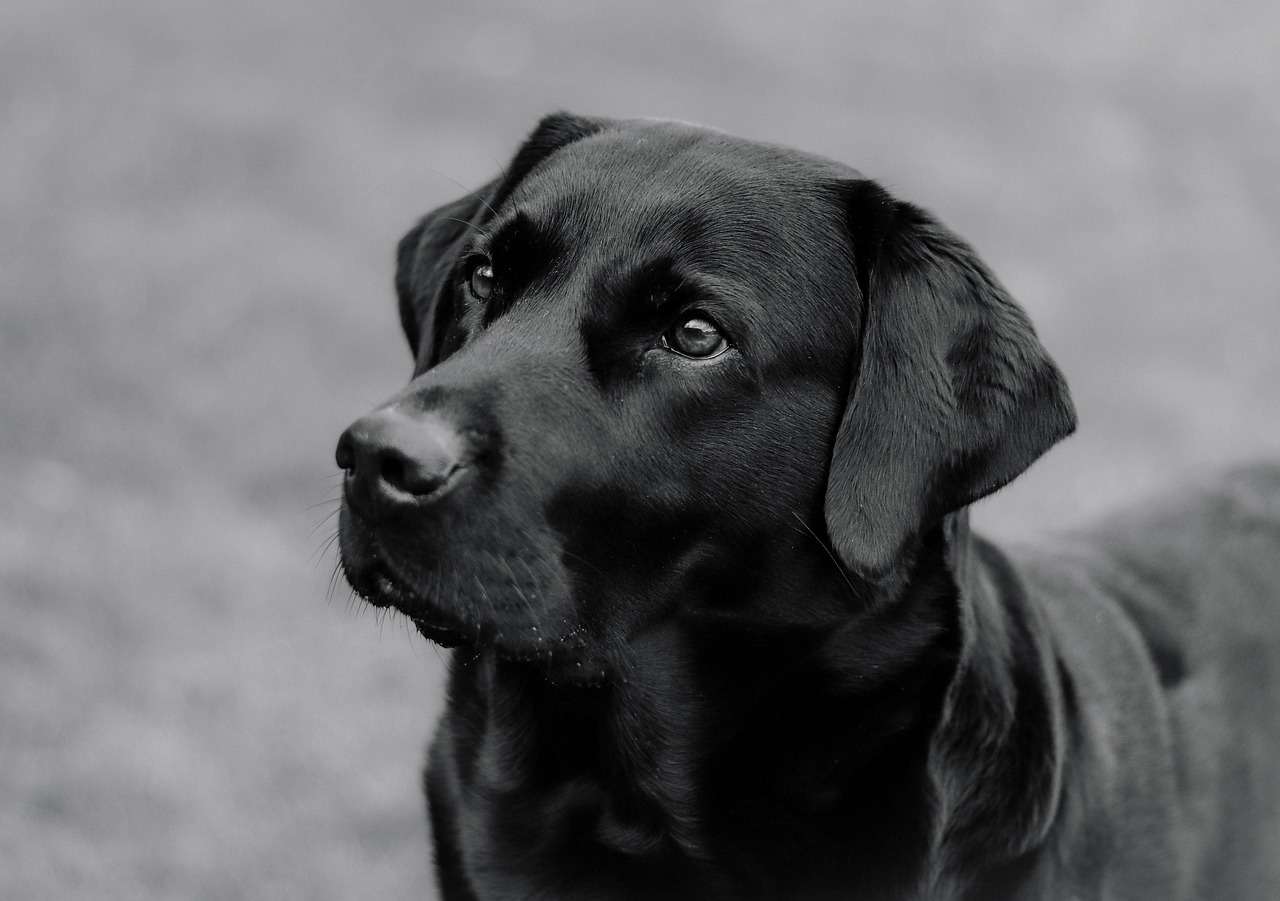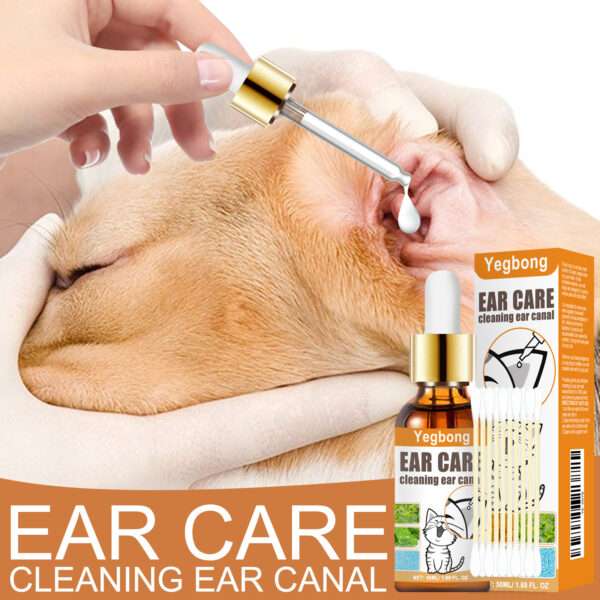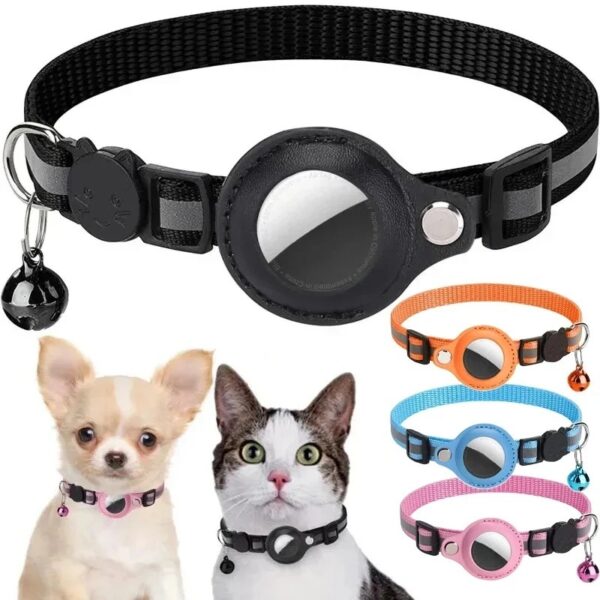We all love to spoil our dogs—after all, they’re part of the family! But sometimes, our kind gestures can actually put them in danger, especially when it comes to food. While it’s tempting to share bites from our plate, many everyday foods that are fine for us can seriously harm our furry friends.
This guide will walk you through which foods to keep far away from your dog, why they’re risky, and what to do if your pup accidentally gets into something they shouldn’t.
Foods You Should Never Feed Your Dog
🍫 Chocolate
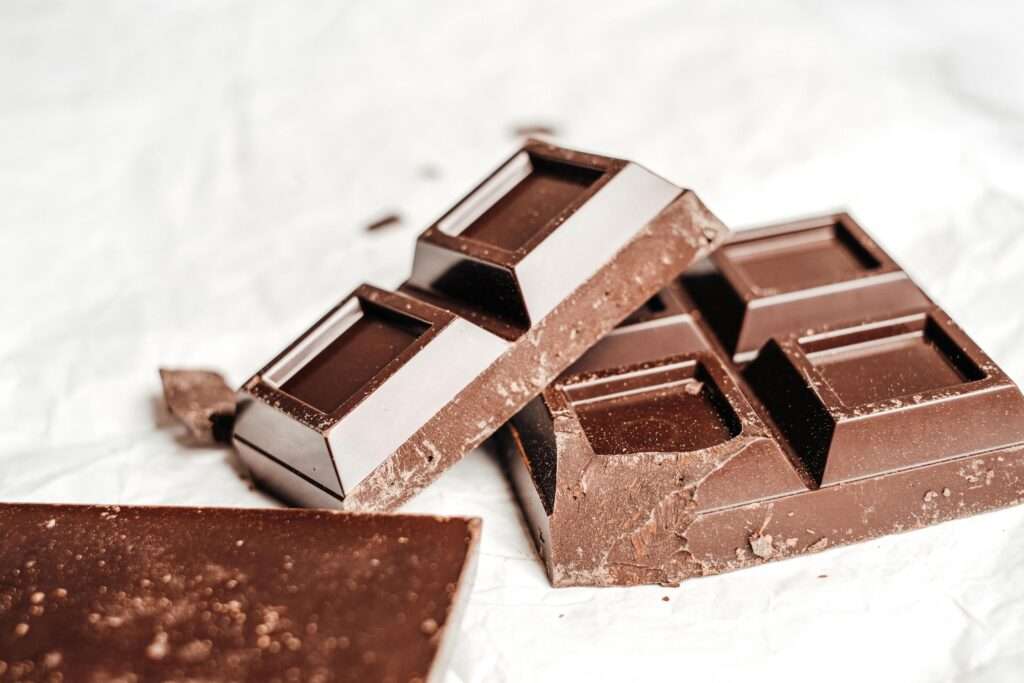
Chocolate is one of the most well-known dangers for dogs, and for good reason. It contains substances like theobromine and caffeine, which dogs can’t process well. Dark chocolate and baking chocolate are especially harmful.
What could happen? Vomiting, shaky muscles, rapid heartbeat, seizures—and in severe cases, it can be fatal.
🍇 Grapes & Raisins
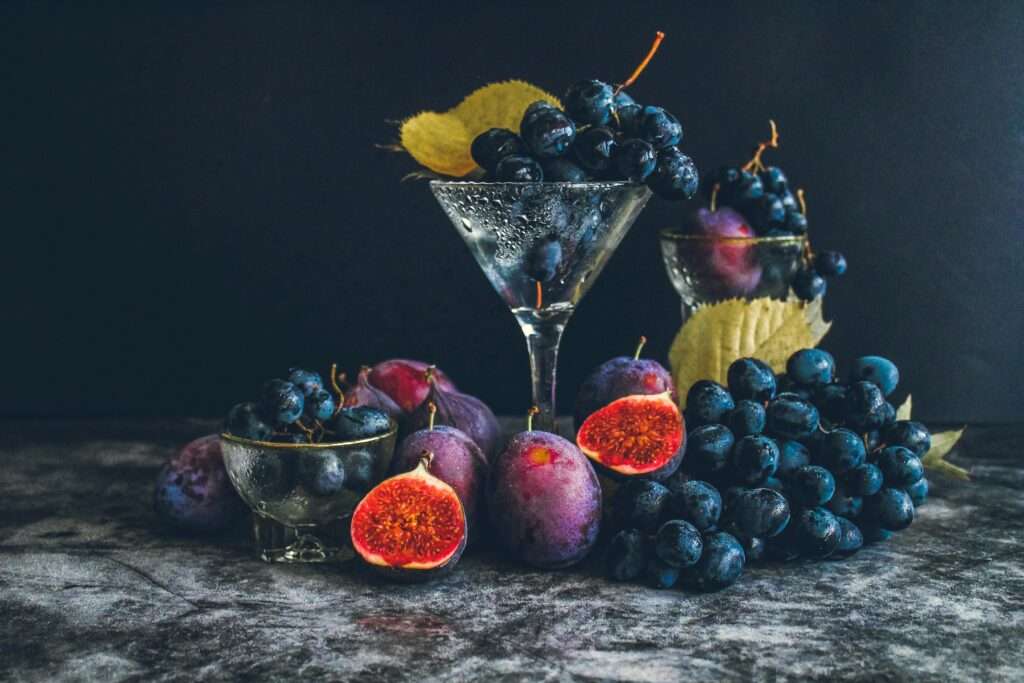
It might surprise you, but even a small handful of grapes or raisins can cause kidney failure in dogs. It’s still unclear what makes them so toxic, but the danger is real.
Warning signs: lethargy, vomiting, loss of appetite, and changes in urination.
🧄 Garlic, Onions & Chives
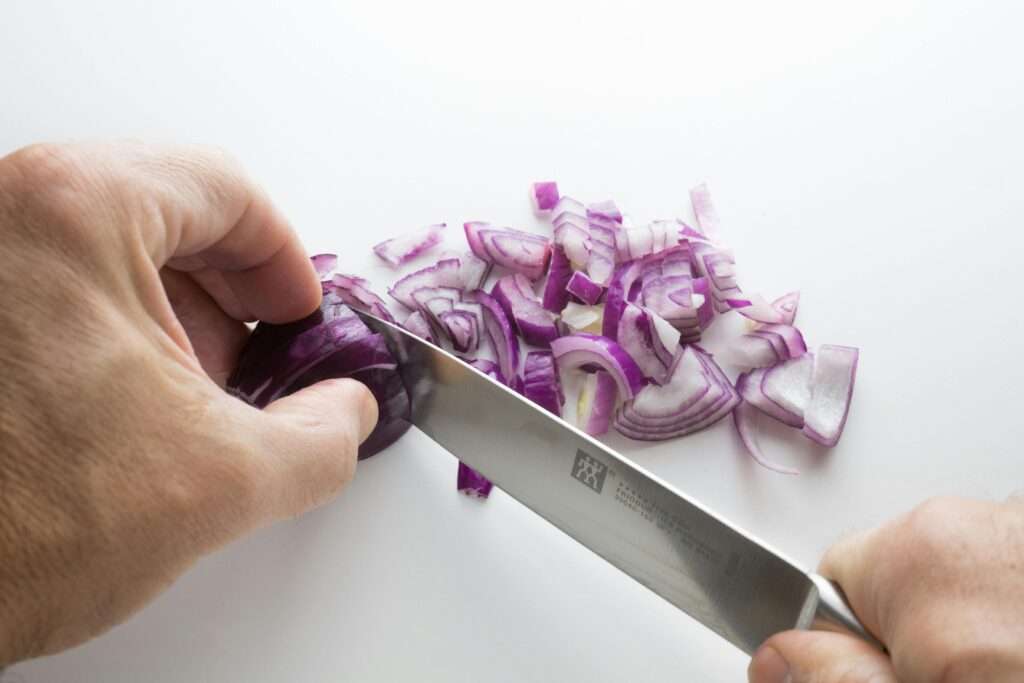
Whether raw, cooked, powdered, or dried, these ingredients can all lead to anemia by damaging your dog’s red blood cells. This can build up over time or hit hard all at once.
Look out for weakness, breathlessness, tiredness, and a faster heart rate.
🍷 Alcohol

Dogs don’t handle alcohol at all like humans do. A small amount can mess with their nervous system and liver, especially in smaller breeds.
Possible effects: vomiting, stumbling, breathing issues, and, in the worst cases, coma.
🍬 Xylitol (Sugar Substitute)
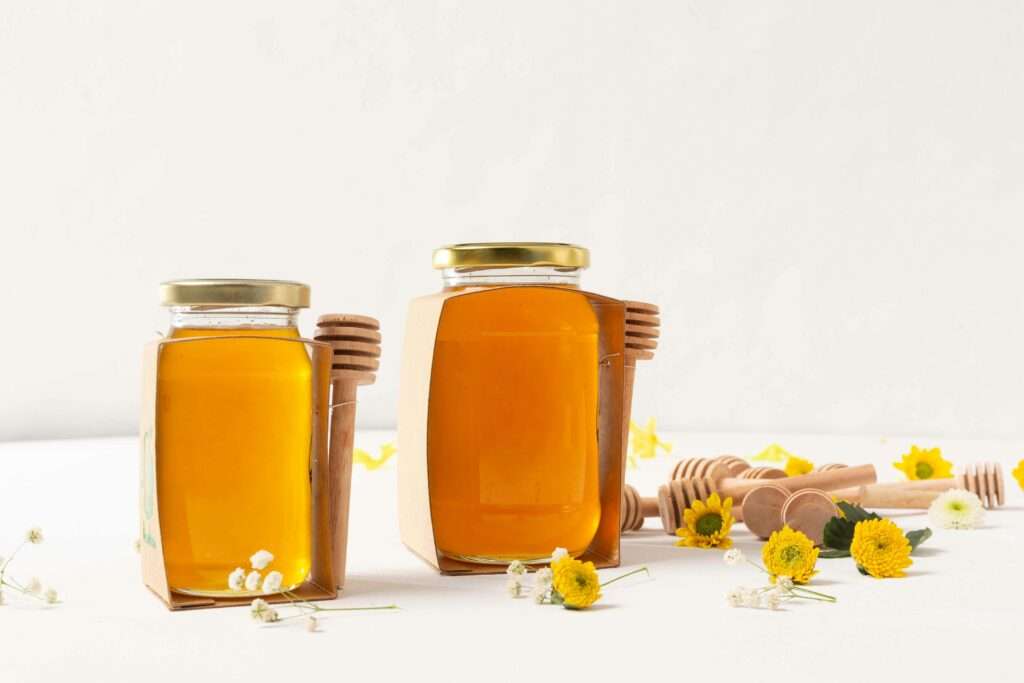
This sweetener is found in sugar-free gum, some peanut butters, candies, and even baked goods. In dogs, xylitol triggers a rapid insulin release, which can lead to dangerously low blood sugar or even liver damage.
Symptoms: Weakness, collapse, tremors, or seizures.
☕ Caffeine
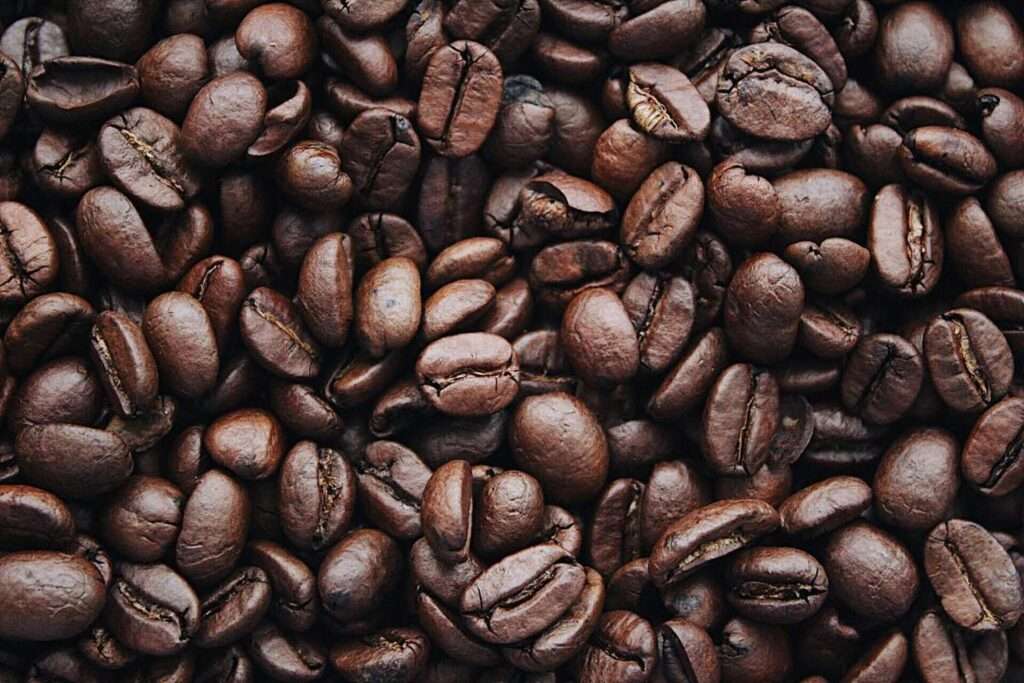
Coffee, tea, energy drinks, and certain medications contain caffeine—which is way too strong for dogs. Even a small dose can overstimulate their system.
Signs of caffeine toxicity: restlessness, fast breathing, muscle tremors, and heart palpitations.
🥑 Avocados
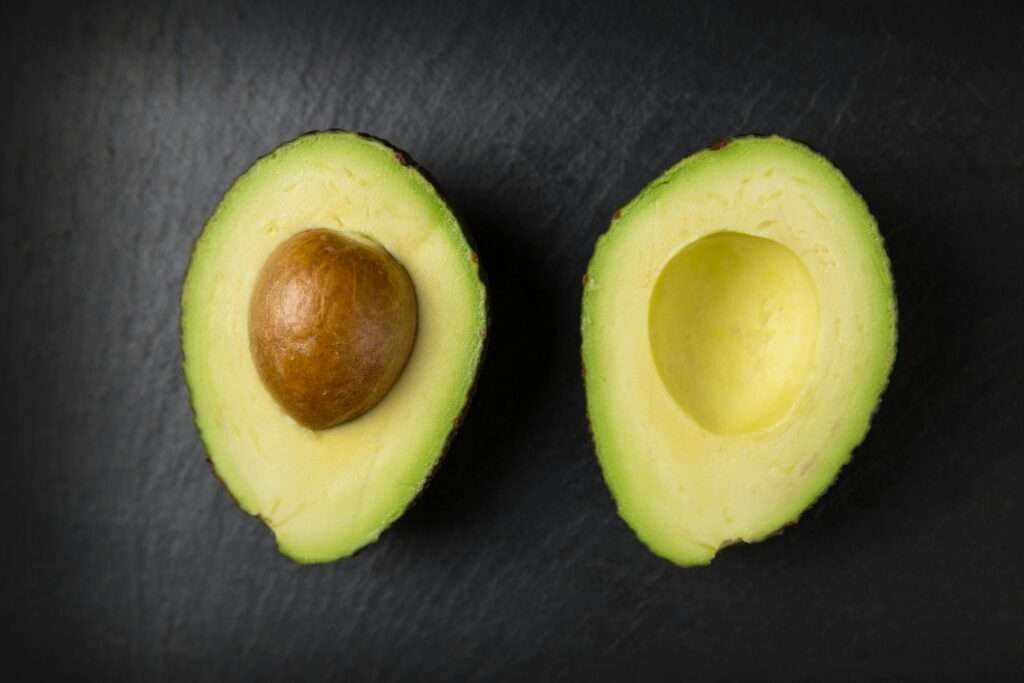
Avocados contain a substance called persin, which can upset a dog’s stomach. And don’t forget—the large pit inside can be a serious choking hazard or cause a blockage.
What to watch for: vomiting and diarrhea.
🥜 Macadamia Nuts
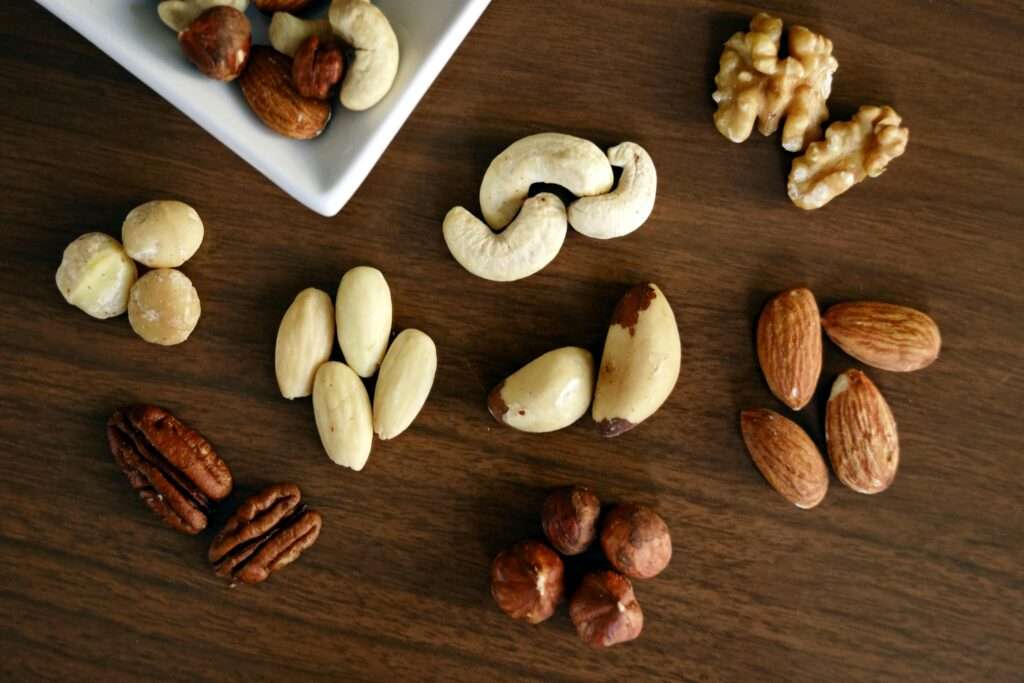
These nuts are another unexpected threat. Even a few can cause issues in dogs, especially smaller ones.
Symptoms include muscle shakes, vomiting, fever, and weakness.
🍖 Cooked Bones
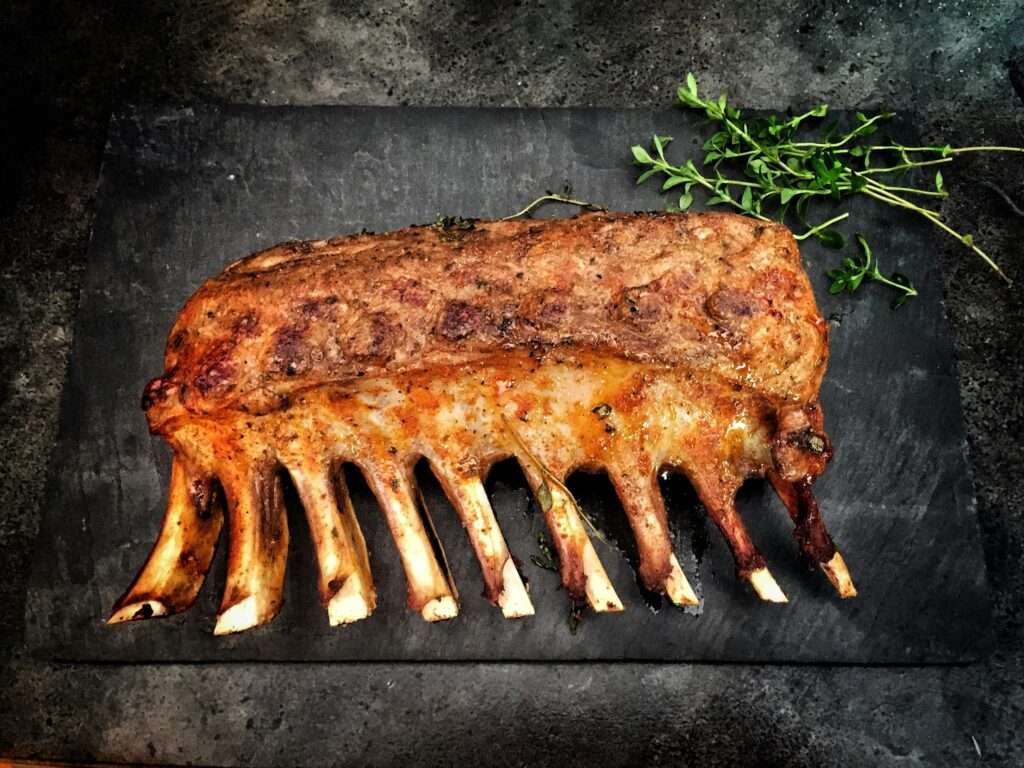
They might seem like a natural treat, but cooked bones can splinter easily. These sharp fragments can choke your dog or cause internal injuries.
Why Dogs React Differently to Food
Dogs don’t process food like we do. Their systems are more sensitive, and some ingredients that are harmless to humans can be toxic to them. Also, their smaller size means it takes much less to cause serious damage.
Even a “harmless little snack” can turn into an emergency quickly. That’s why it’s so important to know what’s safe and what’s not.
What To Do If Your Dog Eats Something Dangerous
Stay Calm—but Act Fast
If you suspect your dog ate something harmful, here’s what to do:
- Look for symptoms: Vomiting, diarrhea, shaking, fatigue, or unusual behavior
- Call your vet or an emergency animal clinic immediately
- Don’t induce vomiting unless you’re told to—it could do more harm than good
- Keep the ASPCA Poison Control or Pet Poison Helpline number saved in your phone
Time is critical in these situations, so getting help fast can make all the difference.
Healthy Treats You Can Share
Want to treat your pup without risking their health? Here are some safe, dog-friendly snacks:
- 🥕 Baby carrots
- 🍌 Bananas (in moderation)
- 🍎 Apple slices (no seeds)
- 🥒 Cucumbers
- 🍠 Cooked plain sweet potatoes
- 🥜 Natural peanut butter (without xylitol!)
Always introduce new foods slowly, and keep portions small—too much of anything can be a bad thing.
Wrapping It Up
We all want what’s best for our dogs, and that starts with what we feed them. Being aware of what foods are off-limits can save you from heartbreak—and potentially save your dog’s life.
Here’s a quick tip: Print a list of toxic foods and stick it on your fridge, or keep a note in your phone. Let guests and kids know not to sneak your dog “treats” under the table.
Your pup trusts you to keep them safe—knowing what not to feed them is one of the best ways to show them love. 🐶💛
50ml Pet Ear Mite Deodorant Ear Cleaner Ear Wash Infection
Airtag Case Collar For Cat Protective Cover For Anti Lost Locator Holder
122 in stock


